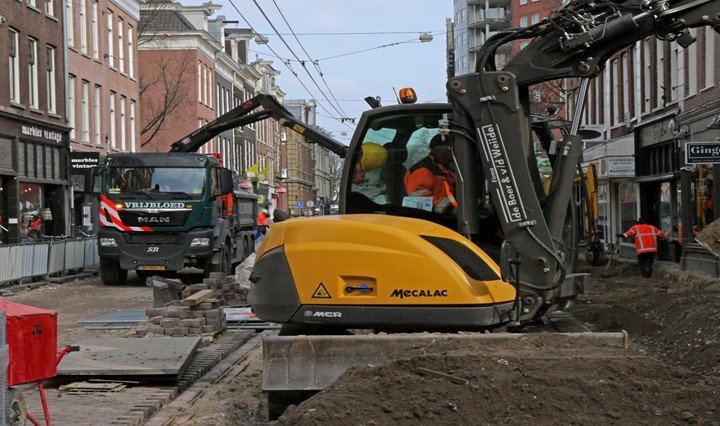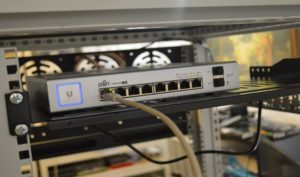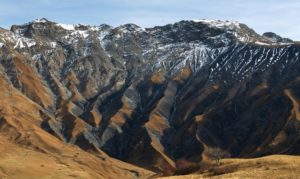Geographical Information System is a system that has been put in place to analyze, store and present every type of data. GIS has been intensively used in civil engineering due to its ability to merge database technology and perform statistical analysis. In addition to that, the incorporation of GIS technology in civil engineering has offered new ways of resolving the difficulties in the environment, which has in turn reduced cost and improved the quality of intricate projects. Furthermore, the software used in GIS can be operated from the inside, and this permits the use of various data designs. Civil engineers are also capable of giving out data to different agencies in the format, which they want, without interfering with the credibility of the data.
1. Management of Infrastructure
A thorough look at the environment before putting up your building and upgrading infrastructure is important because it helps civil engineers in deciding how they will arrange their work. Consequently, they can assure the public about the importance of visualizing the environment to aid in the process of making informed decisions. You are only able to understand your needs when you have a proper and clear picture of your project. A good understanding is essential because it helps in reducing many problems and tackling any environmental impact that may occur. This can only be done when GIS is used and is the main system where data is envisaged and managed. The information gathered is then presented in a straightforward manner with the help of the Geographical Information Systems.
2. Urban development and planning of towns
The increase in the number of people in a country is important and at the same time a disadvantage to the economy of that particular country. This is so because when the numbers are high, the economy benefits because there will be more workforce, which is determined to work towards achieving the desired results. On the contrary, increase in the number of people causes congestion in different areas, and this can lead to problems of sanitation, housing, pollution of the environment and inappropriate waste disposal. Urban areas need to be maintained and this can only be done when development models and urban land use plans are generated. This is done by integrating the information on natural resources in a Geographical Information Systems domain.
3. Protection of Infrastructure
It is the duty of civil engineers to ensure that all the buildings that they have constructed are safe and secure for the inhabitants. Utilities such as bridges and dams require comprehensive decision-making equipment, which can be used in the response and recovery activities in case of a disaster. Responsive tools designed for different situations are offered by GIS technology and this includes the combination of information from flood occurrences to the evacuation routes, which will be used. This important information needs to be stored in a geographical database to make displaying information on an online-based map much easier. Moreover, data required to meet the targeted tasks are combined and analyzed using the GIS tools.
4. Analysis of a Site
Site analysis is essential because it gives engineers an idea of whether their preferred location is suitable for erecting a structure or not. The accurate results presented provide a geographic insight and increases the interactions as clients find it easy relating to the map. Keeping a track of numerous cities and the prediction of the future essentials of the public are all done by using Geographical Information Systems. This is stressed to make sure that the community has a life, which is functioning well and comfortable. The constant change in technological development is a sign that engineers need to keep up with the pace to ensure that they are using the current technology in making final decisions. GIS also helps planning agencies and federals in identifying problems that occur and respond to them immediately and share the outcome with the public.
5. Improved Management
Management can only be effective and efficient when the cost incurred in the whole process is minimal. Most of the time, engineers are required to have expensive things such as printers, papers, and technical pens. This forces one to go beyond his or her budget, just to get work done. However, engineers who apply the use of GIS in their daily activities are at an advantage of saving more money in buying expensive things, because GIS provides them with all the technical and expensive requirements. In addition to that, they do not need to sketch a detailed structure by hand, and all they need to do is to provide an accurate location on the GIS map. This, in turn, improved communication and eased work between team members, helping them to keep accurate records.
6. Offers Computer-based documents
In the recent past, civil engineers could draw and sketch structures for use in the field. This causes inconveniences because they have to search through huge packages just to refer to a document, and at times, the document could be of no use especially if it is not clearly visible. This is time-consuming and hectic for civil engineers, and they might end up passing the stated time for project completion. The GIS allows all engineers and their team members to access the data remotely, without having to go through the hustle of searching for a huge package of documents. Consequently, specific individuals can only access some of the computerized data. This restriction of access to such information is important because it reduces the chances of confidential data getting into the wrong hands.
7. Transportation Planning
Geographical Information Systems is used in managing transportation systems. Before the transportation department decided to build a new road, they have to first do the planning. Planning is effectively done by adding both the environmental and topographical data into the GIS platform. The output given by the GIS data is then used in pointing out the best direction that the transportation plan needs to follow. The direction pointed out is usually based on criteria such as the flattest route, least harmful and that which has minimal disturbances.



